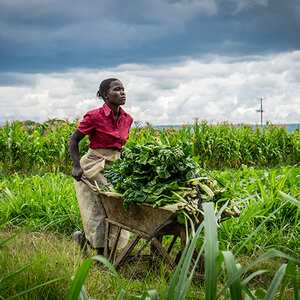Rural America Faces Diverse Challenges, Report Finds
In a nation whose urban needs influence federal policy and whose rural policy is dominated by agriculture, rural areas that have more urban-style woes can fall through the cracks, USA Today reports.
According to Place Matters: Challenges and Opportunities in Four Rural Americas (36 pages, PDF), rural America is home to 17 percent of the nation's population. But rather than being predominantly farmland, it consists of at least four distinct regions facing different problems. Issued by the Carsey Institute at the University of New Hampshire, the report found that areas such as Aspen, Colorado, or the Appalachian region around Asheville, North Carolina, are amenity-rich and draw tourists and retirees but face challenges such as affordable housing for workers and long-time residents as well as sprawl that threatens the local environment.
Then there are traditional resource-based economies that are in transition but where natural beauty offers potential for growth in service economies and niche industries, including parts of New England and the Pacific Northwest. Other regions — the Great Plains, for example — must contend with the loss of industry due to globalization, depleted resources, and a shrinking population. And then there are regions like the Mississippi Delta that are simply chronically poor.
In its most recent farm bill, Congress set aside $4 million a year for a new rural development program. But only 4 percent of rural residents make their living farming, said Karl Stauber, president of the Danville Regional Foundation, which is located in a region that has seen its primary industry evolve from tobacco to technology. "If policy is based on this assumption that rural is really about agriculture," Stauber said, "then the vast majority of rural America is left out."






